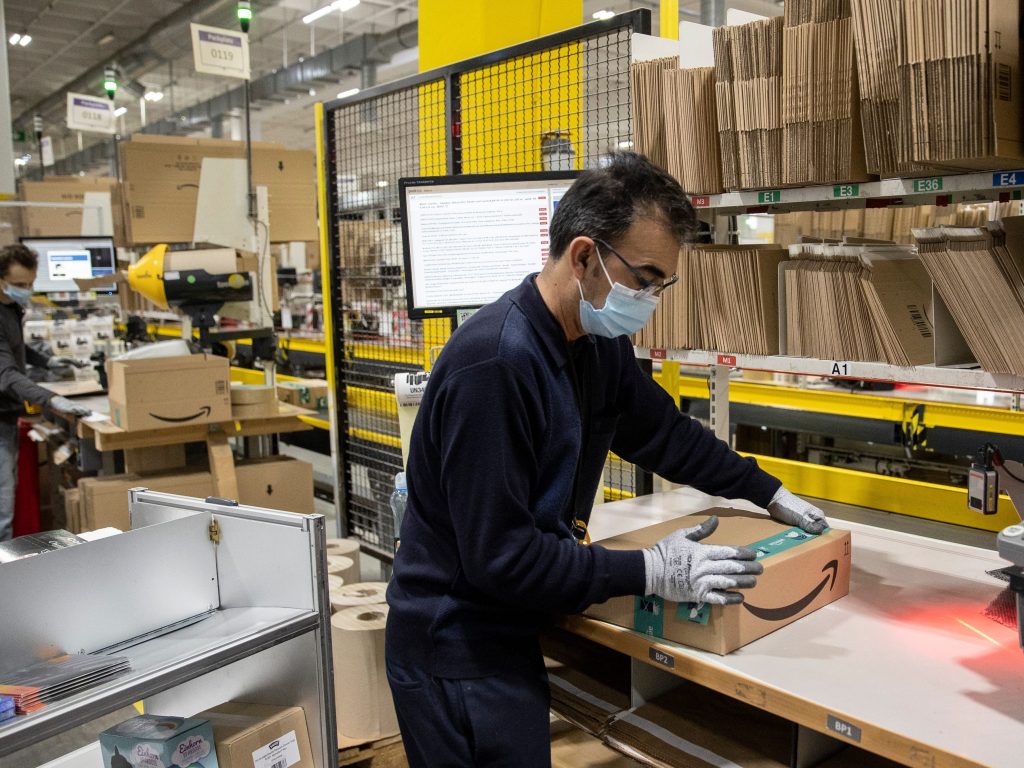- Amazon CFO Brian Olsavsky said the company has "too much space right now" compared to demand.
- He told analysts on Thursday that Amazon went from being understaffed to overstaffed.
- Amazon expanded its logistics footprint by about 50% in 2020 to accommodate pandemic-era demand.
Amazon is over capacity after doubling its warehouse space during the pandemic.
"We have too much space right now versus our demand patterns," CFO Brian Olsavsky said on a call with reporters Thursday. "We are using space that we put into place for over the last two years in a very different environment."
As consumer demand skyrocketed during the COVID-19 pandemic, Amazon invested heavily in warehouse space, staff, and other infrastructure to keep up. In the past three quarters alone, the company has doubled the size of its operations and its workforce, Olsavsky said.
Right-sizing after two years of pandemic shakeup was a common theme of Amazon's first-quarter earnings report Thursday, in which the company reported a $3.8 billion loss and slowing revenue growth of 7%.
"As the variant subsided in the second half of the quarter and employees returned from leave, we quickly transitioned from being understaffed to being overstaffed, resulting in lower productivity," Olsavsky said. "This lower productivity added approximately $2 billion in costs compared to last year."
Olsavsky said the company is "very encouraged" that demand will balance out with supply later this year.
Amazon's lucrative Prime Day is set for July, squarely within the third quarter, when Olsavsky forecasted on Thursday that demand patterns would normalize. That's a month later than in 2021 and earlier than October 2020, when Prime Day was Amazon's it was the biggest sales day in the company's history.
Shares of Amazon fell more than 13% following Thursday's results, fueled by lower revenue outlooks, inflation, and supply-chain struggles.
"External macro factors will take longer to play out, but we believe AMZN can grow into & better control productivity & fixed cost leverage in the back half," JPMorgan analysts said of the report.
Eugene Kim contributed to this report.

